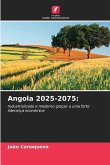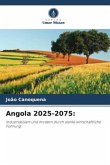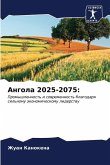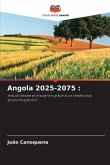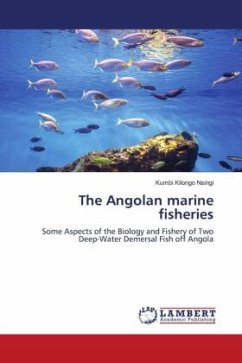Angola has one of the world's largest diamond reserves with over 150-300 million carats. Its agriculture is blessed with 58 million hectares of fertile land. Yet Angola makes 2 billion dollars a year from diamonds. Only 8-10 percent of the fertile land in Angola is arable, yielding less than 9 percent of the Angolan GDP, worth just over 100 billion dollars. This contrasts with Ukraine which has less fertile land than Angola, but racks in nearly 70 billion dollars a year from agriculture. Industrialisation sets these two countries apart. Angola needs to radically mechanise its agriculture and attract significant foreign investment for the mineral industry in public - private partnerships. It needs to privatise wisely, as much of its population is poor. The State needs to have sufficient cash flow to address the growing social challenges. Of all it needs to do, Angola must prioritise investment in its leadership capacity building programs, one leadership which must be law-abiding, altruistic, prudent with expenditure, industrialisation-focused, innovative, revenue-oriented, task-oriented and visionary. These and other suggestions are made throughout this book.
Bitte wählen Sie Ihr Anliegen aus.
Rechnungen
Retourenschein anfordern
Bestellstatus
Storno



